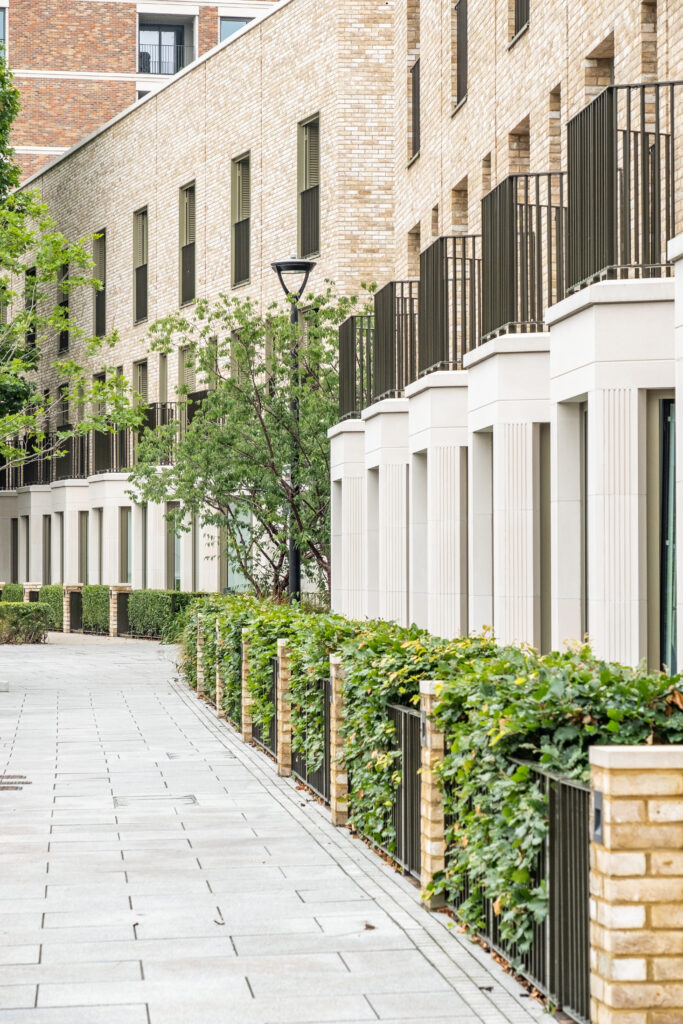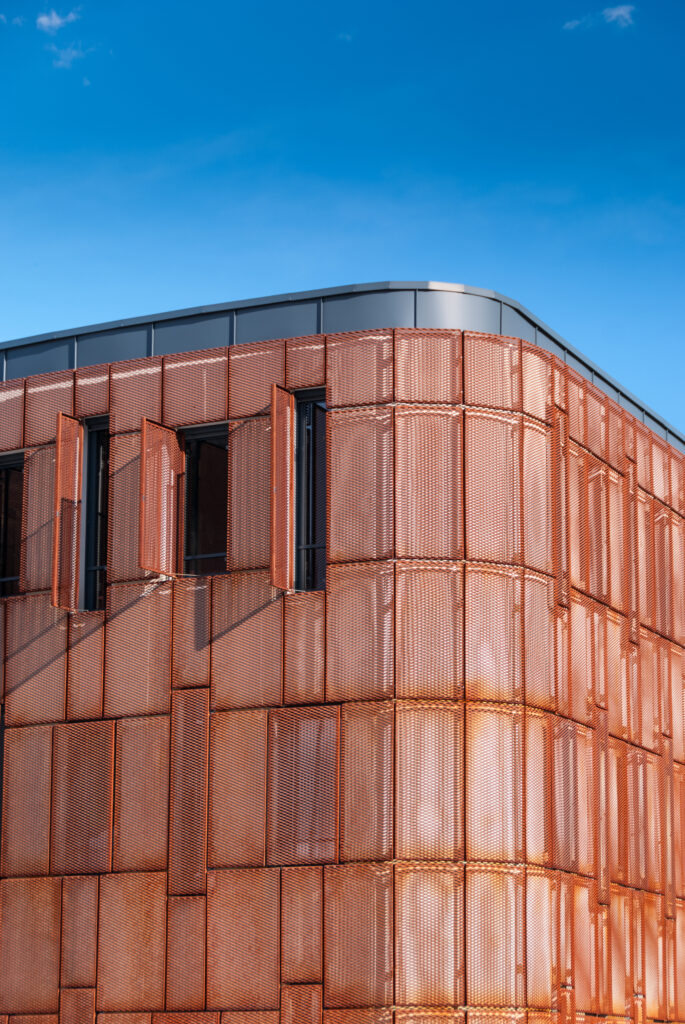A house from the 3D printer?
Christine Barreto | 25. February 2022
It is hardly surprising that industrial 3D printing is enriching many industries. After all, additive manufacturing brings with it a number of impressive advantages: from geometric freedom to a wide range of materials (Ikea has recently started printing vegetarian köttbullar), and completely new structures; there are hardly any limits to what engineers can do with 3D printers. But it’s not just engineering that is being revolutionised by additively manufactured parts – 3D printers are also increasingly being found in a wide variety of applications in architecture. The benefits of 3D printing for modern architects and the future-oriented areas in which they can be seen are explained in the following blog post.
3D printing of building models with architectural software (CAD)

Where previously manual design took a lot of effort for several days, digital design and printing of a three-dimensional model is now possible within a few hours. While this depends on the complexity of the model, the cost and time benefits are clearly noticeable in small and large architectural projects. Architects can use a variety of free software (both CAD and slicing software, e.g. Cura from Ultimaker), but also purchasable software (e.g. Simplify3D) offer themselves for professional use with more advanced functions. With the wide range of 3D printers that now exist on the market, attention should be paid here to the individual requirements for the models. Important aspects here include the level of detail for the print resolution, the model size and/or the standard for the print volume, material and colour.
3D printing of buildings
Additive manufacturing with concrete sets a new benchmark – to print entire buildings. For example, HeidelbergCement’s special concrete mix was used to print a two-storey residential building with a living area of 160 m² in Beckum, NRW, in 2020. The 3D printer was installed by PERI, a company specialising in formwork and scaffolding systems for the construction industry.
For the construction industry, the 3D printing process offers advantages in many respects: With only a few skilled workers on the construction site, the shortage of skilled labour can be counteracted. In addition, the new technology could rekindle interest in construction. The speed of 3D printing is also making itself felt here. It took about four days of printing to complete the residential house in Beckum. Although the planning time is significantly increased compared to conventional construction, the execution is simple and fast, even for more complex geometries and shapes. But is the process forward-looking for the construction industry? Those responsible for the project agree that with a little more development time and research, construction costs can be reduced and a new era of building construction will be ushered in.
3D printing architecture project of FH Aachen

New concepts, new material. Azure Printed Homes is leading the way and soon wants to 3D print homes and garden studios from recycled plastic. The U.S.-based company expects this to reduce carbon emissions and cut construction costs by 30%. But it’s not just traditional home construction that can benefit from 3D-printed plastic. In a project by architecture students at Aachen University of Applied Sciences, so-called kinetic constructions could be designed and printed with the help of wear-resistant plastic from igus GmbH in Cologne. Kinetic constructions are architectural designs intended to make static buildings movable, allowing them, for e.g., to adapt to solar radiation. The project resulted, for example, in a model of a folding pavilion, which can be set up as a mobile trade show stand depending on the requirements of the stand. The trade show stand owes its mobility to the 3D-printed hinges made of iglidur I150, with which the triangular surfaces can be adapted to the respective structure. Among other things, a moving solar sail will also be driven by a 3D-printed planetary gear. The idea behind it: The telescopic system must flexibly adapt a movable textile roof to the sun’s movement course.
Whether on a large or small scale, 3D printing is now enabling many new options in architecture. Both modelling and construction itself can benefit from the manufacturing process as well as the many construction materials. Architects and designers are confident about reduced costs, and the results of research are also becoming increasingly clear: the possibilities offered by 3D printing are a future technology of the (very) near future.
